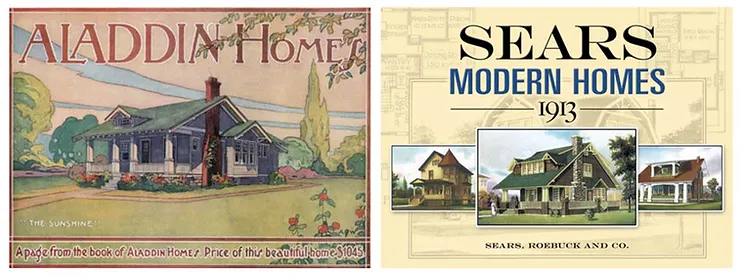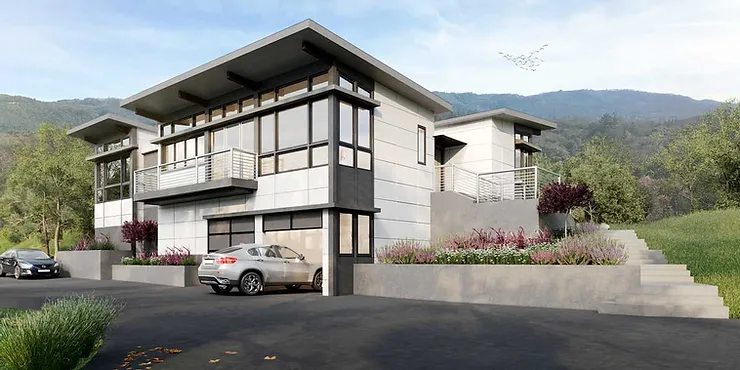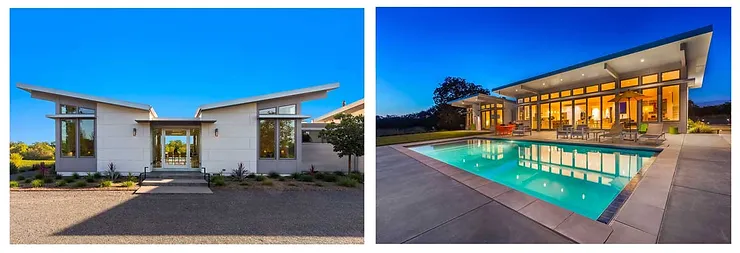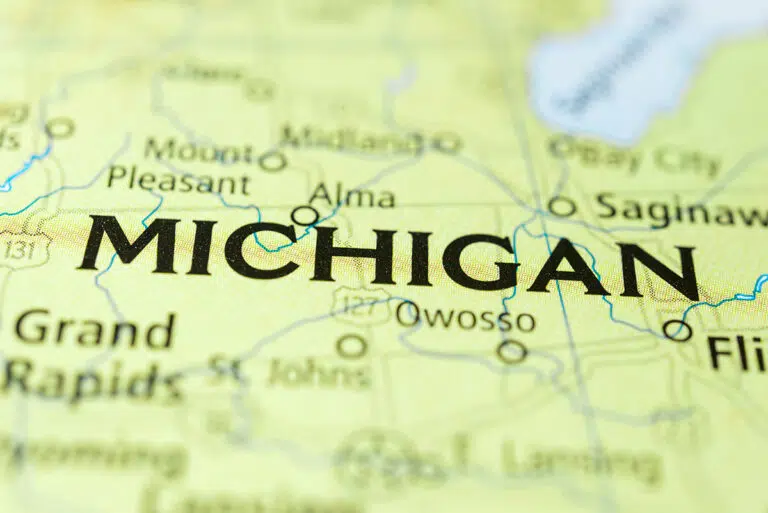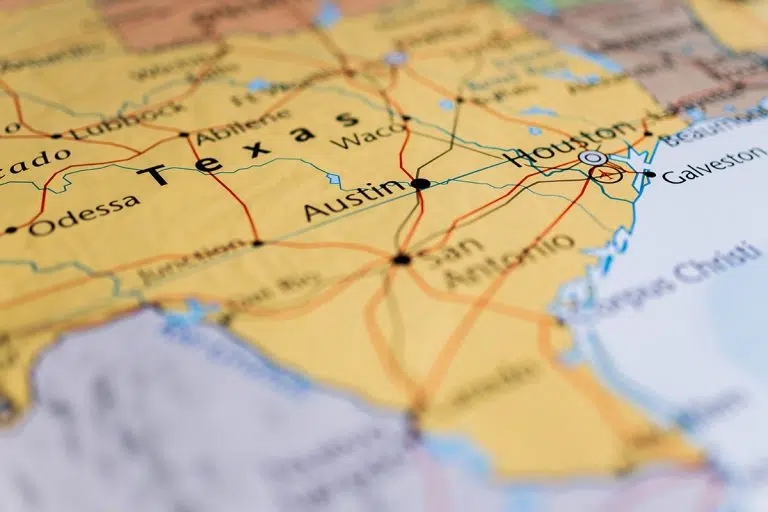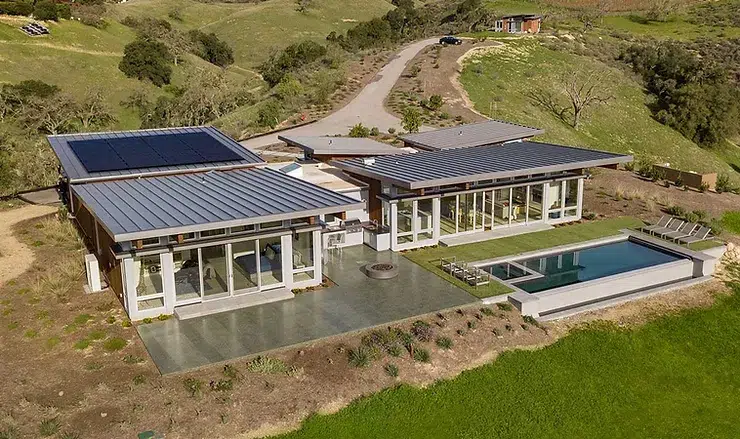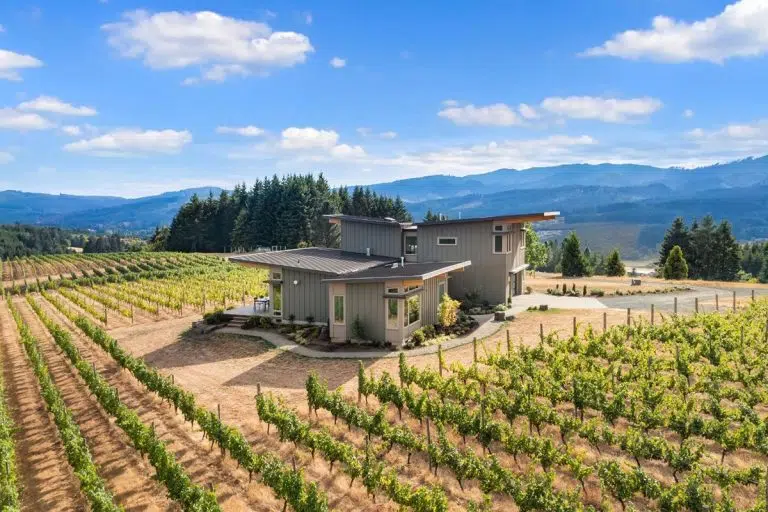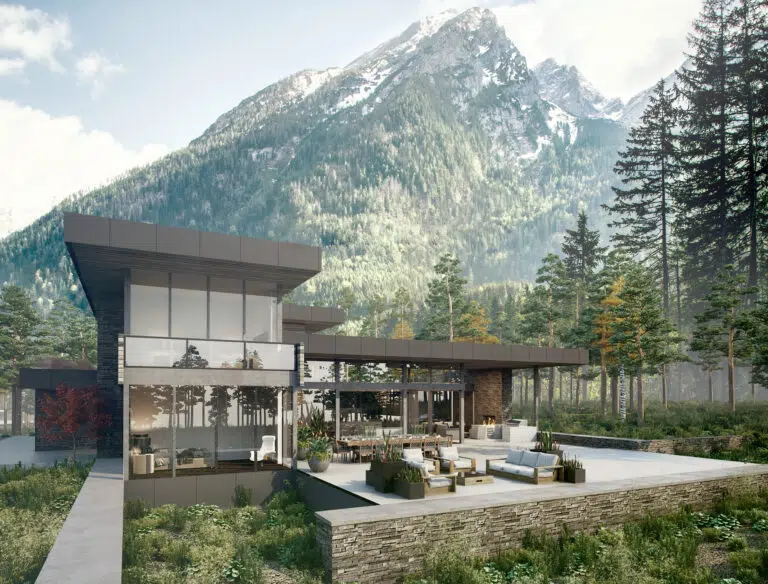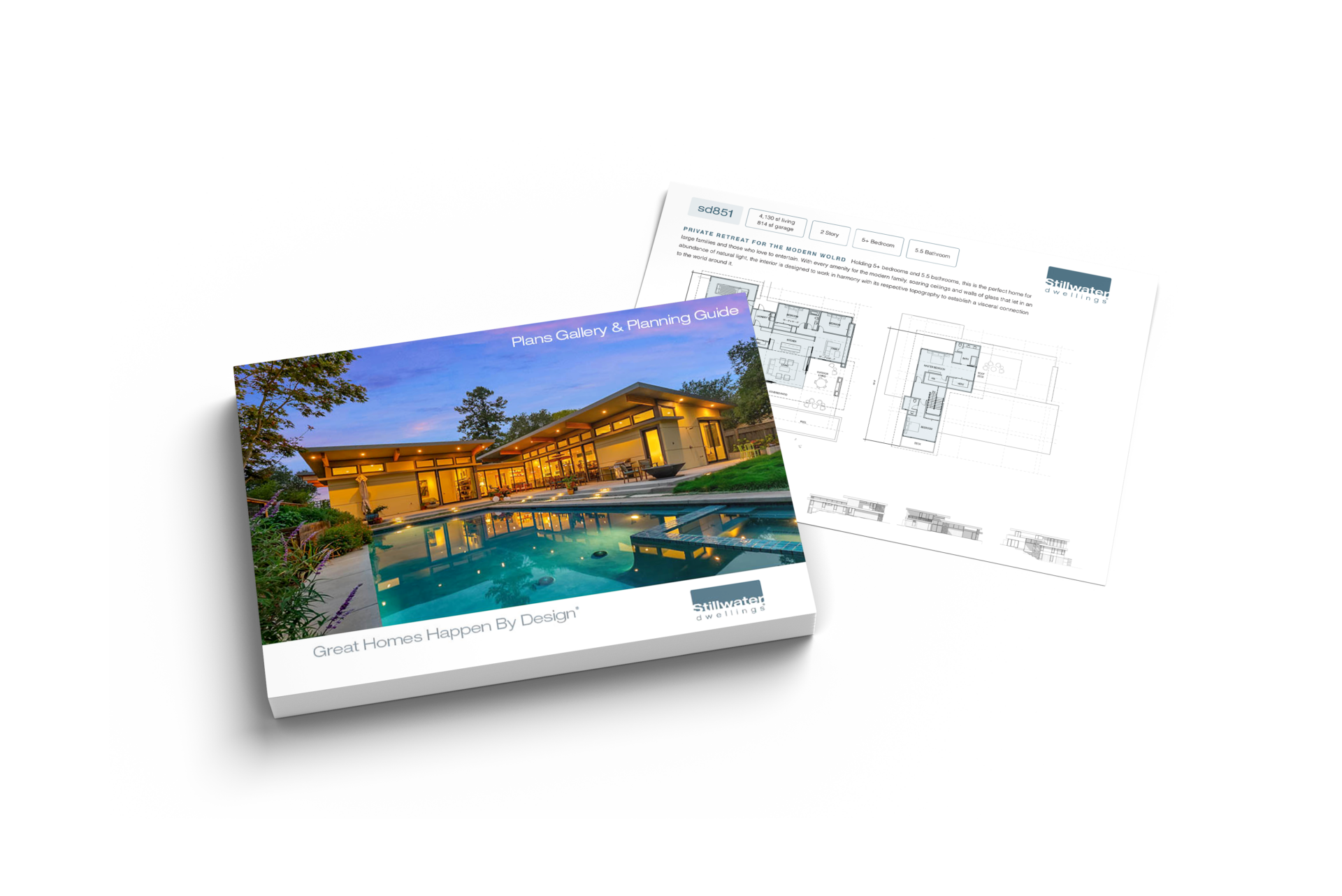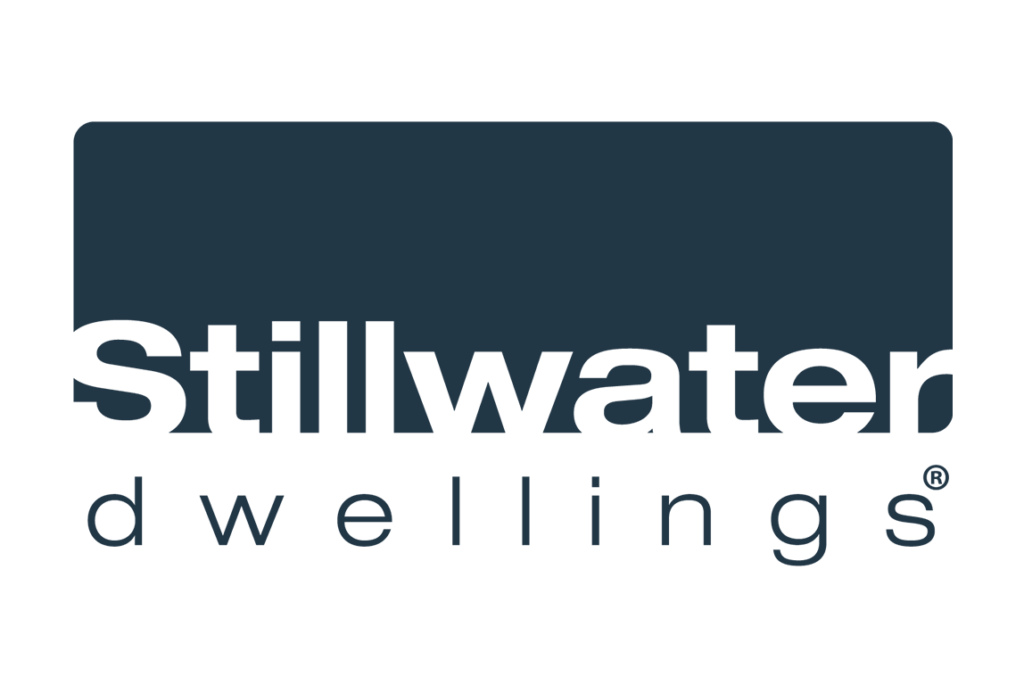Prefabricated houses have existed in the U.S. since the early 1900s when the Aladdin Company started selling house kits. Housing parts were mass-produced on conveyor belts and shipped to the site for a much lower cost than traditional methods. These kits contained all the parts to assemble a complete home. [Source: How Stuff Works] Sears, Roebuck, and Co. became one of the best-known early kit-home sellers selling more than 100,000 homes from 1908-1940.[Source: Sears Archive]
These “kit-homes” were for those looking to build their own homes and for those interested in having a second vacation home, but after the stock-market crash of 1929, not nearly as many people had the money for their own homes, and kit-home sales declined.
Mobile homes were the first type of prefab home sales to rebound after World War II. After that, manufactured homes became a source for low-cost housing. However, in the past few decades, innovations have allowed prefabricated, systems-built homes to cater to a more upscale market and to those looking to go “green.”
The concept of modern prefab design has been around since the 1960s with the original goal of creating a modern home within a climate-controlled environment that could then be transported to the site to be constructed – all within a reasonable budget and predictable time frame. [Source: How Stuff Works]
The cost and quality of prefabricated homes remains an enigma today. From inexpensive, supplemental housing to premium architectural works of art, costs can vary greatly. The proof of savings is often found in the design, engineering and construction – depending on the level of customization requested by individual homeowners. Many architect-designed homes far exceed the costs of comparable prefabricated homes. With prefab, any costs associated with modifying the already existing designs is often far less than the cost to design and stick-build a custom house from scratch.
The idea of producing an architectural dream home, within a fixed budget and timeline, can be exceptionally appealing in today’s culture of instant information and predictable results. Combined with the benefits of sustainable building practices and green home living, more and more people are turning to prefabricated design for their next dream home.
